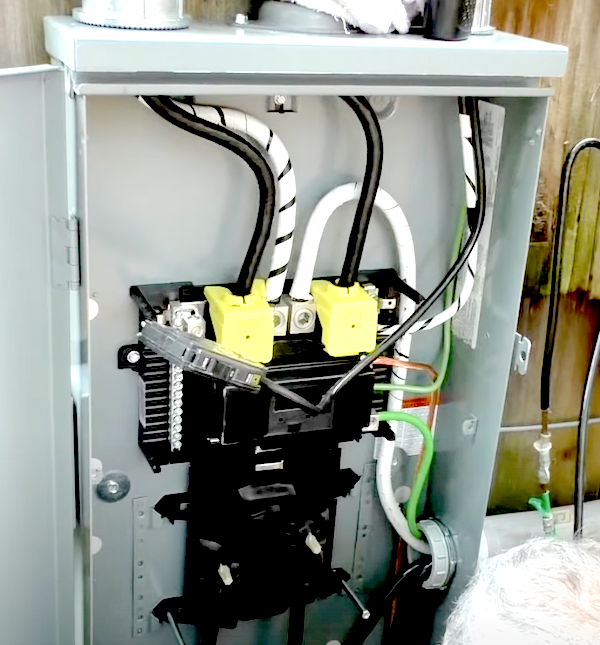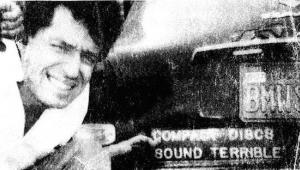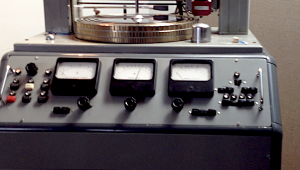Major From the Roof Down Electricity Upgrade Produced Incredible Sonic Benefits!

After a powerful amplifier I purchased produced a “zzzzz” sound that I couldn’t get rid of no matter what I tried, which included a cheater plug (not recommended on a 1000 watt per channel amplifier) among other desperate moves, I called in a studio pro and he was unable to help.
I sold that amp and the buyer experienced no buzzing or hum issues. The replacement amp was quiet but there were still issues. I brought in my electrician/audiophile friend and had him run a new line from a subpanel we’d had installed during a home renovation a decade ago, putting everything on one line because having separate circuits for the amp and low level parts of a system is plain foolish (ground potential between the two produces hum) but that didn’t help either. He even installed a ground rod associated with this circuit.
Last summer after we had lost power for a few days due to Hurricane Isaias and I was forced to use a small gasoline power generator to run the Internet modem, power the refrigerator and a few other essentials I opted for a Generac natural gas powered generator, which required the installation of a large transfer switch on the side of the house that when a sensor notes that the power from the street has quit, activates a large solenoid that switches power to the generator.
It didn’t occur to me that this might mess up the sound of my audio system even when power came from the Rockland Electric transformer on the pole across the street but wow did it! After the power was out for half a day for the generator install and was restored late in the afternoon, the sound that had been so outstanding (despite the hum and noise issues I’d for decades endured) turned to crap: soft, milky, foggy backgrounds, soft transients (etc.). What was going on????
The full story along gets told in detail in my Analog Corner column in the November Stereophile. The print edition will soon be out. The online column publishes the week of October 17th on Stereophile’s website. Meanwhile below is the embedded YouTube video that shows you everything that was done, which resulted in an amazing sonic transformation of my system, which is now super quiet and has never sounded better. The amplifiers sound far better plugged directly into the wall than through power conditioners, though I still use an AudioQuest Niagara 7000 in the “front end” to isolate from the the analog components digital noise produced by the dCS Vivaldi streaming DAC/SACD player.
Please read the column and of course watch this video that I’m sure you’ll find interesting and informative.The video and the column let you know who to contact if you are interested in doing this.
And many thanks to PS Audio for lending me P15 and P20 Power regenerators, which allowed me to work for the 8 or so months between the transfer switch installation and the full electrical upgrade. The Power Regenerators were a huge step up in power purity but after the upgrade straight into the wall sounded best. However, If I lived in an apartment building and had no control over the juice reaching my wall sockets I’d try a regenerator for sure.






















































